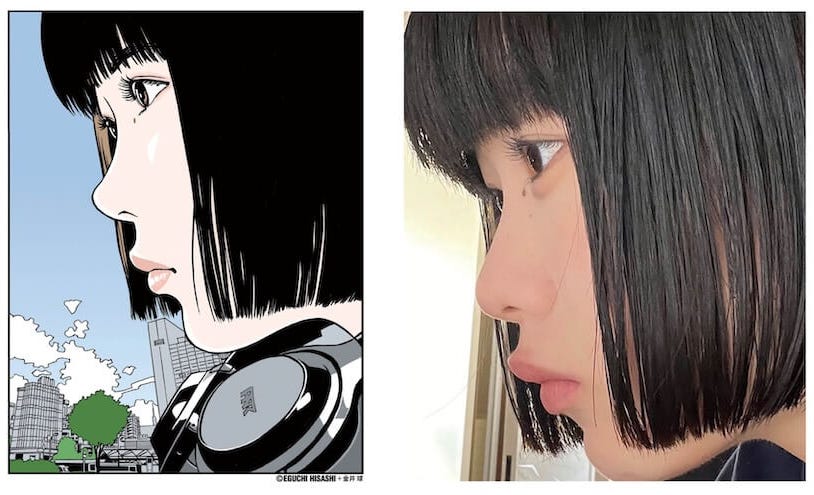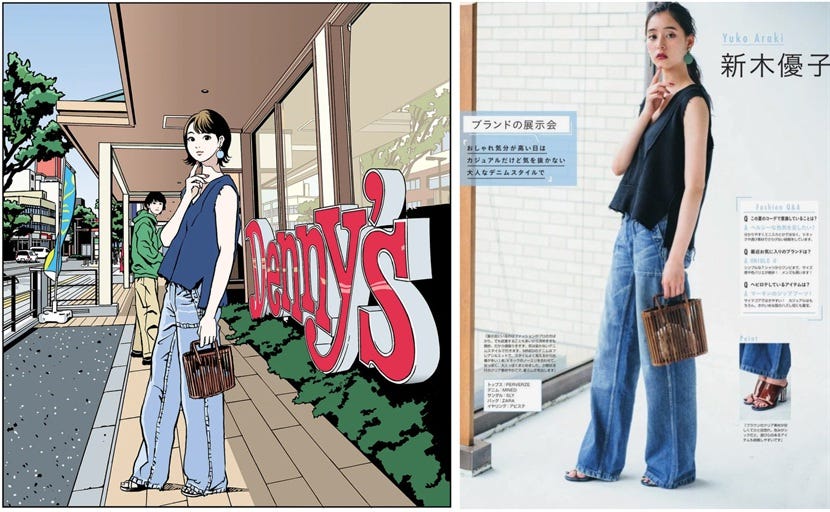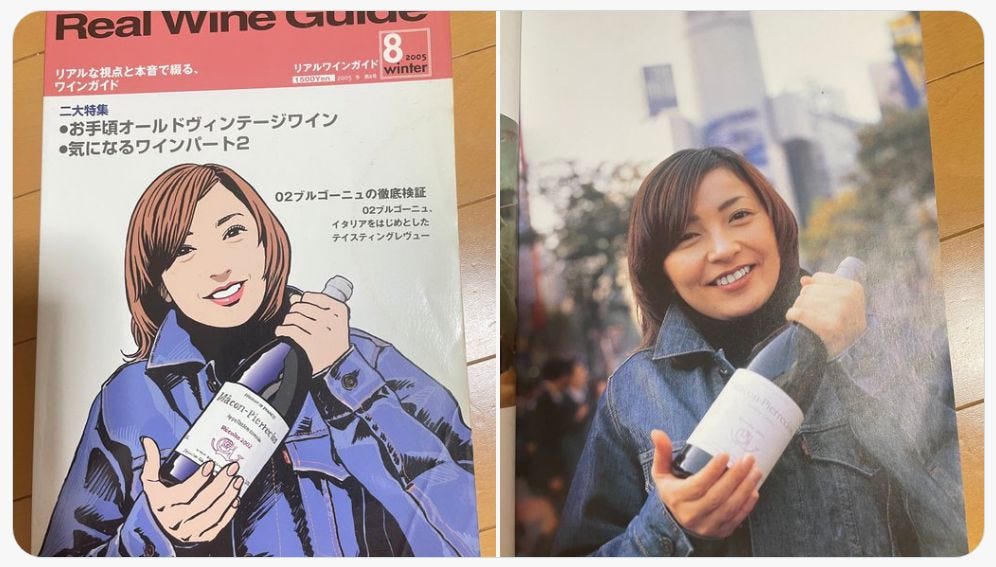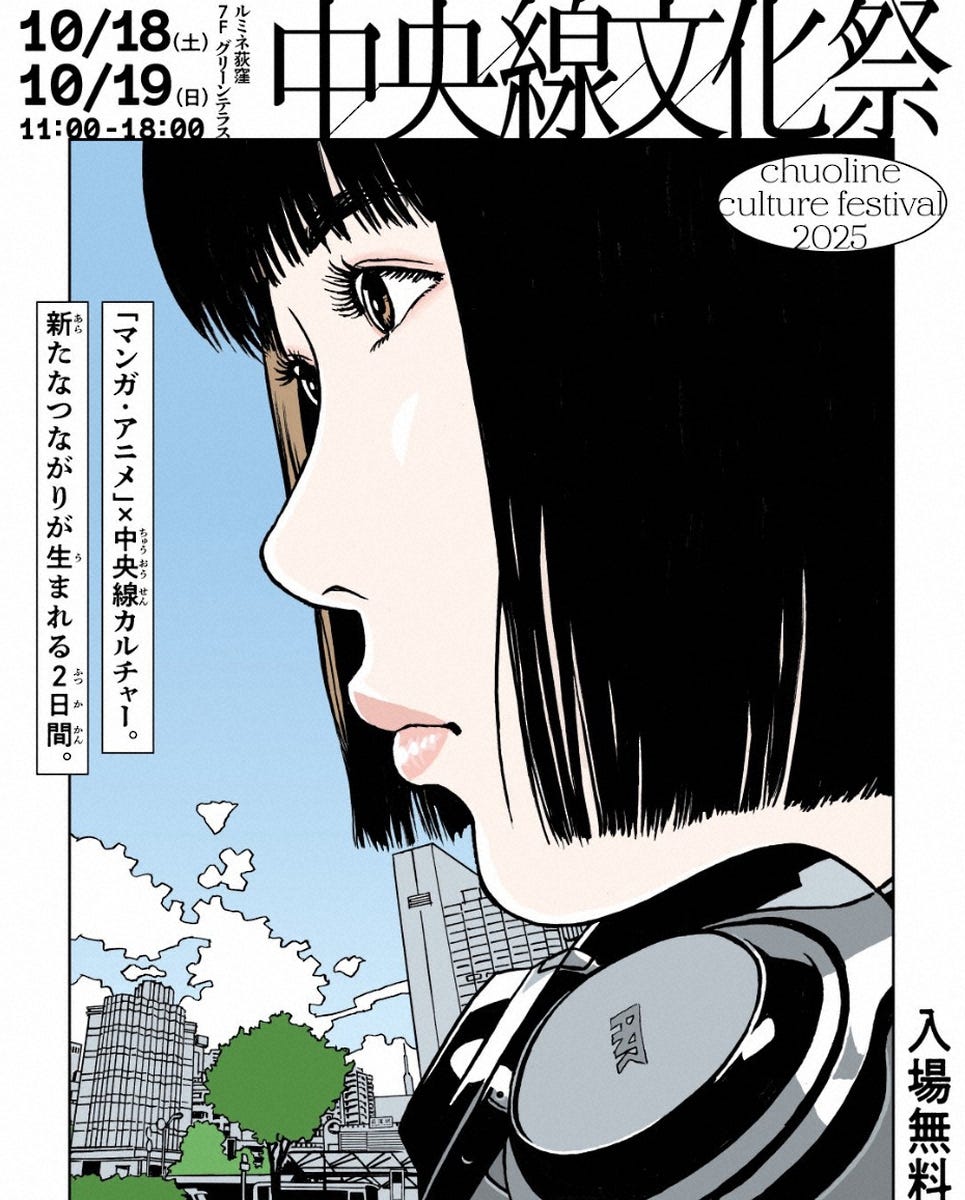Japanese Manga Legend Eguchi Hisashi Caught in Tracing Scandal
Japanese pop culture news edited by Patrick Macias
Beloved illustrator and manga legend accused of copying a woman’s social media photo for a Tokyo event poster
Major Japanese brands including Lumine and Denny’s suspend use of his artwork after online backlash
Eguchi says he will “explain everything soon” as legal experts weigh in on copyright and portrait rights
Tracing Accusations Blow Up Online
Japanese manga artist and illustrator Eguchi Hisashi, 69, is under fire after admitting he based a recent advertising illustration on a woman’s social media photo without asking permission. The illustration was created for the Chuo Line Culture Festival 2025, scheduled to take place October 18–19 at Lumine Ogikubo in Tokyo’s Suginami Ward.
The poster, showing a woman with headphones around her neck, was displayed across Lumine Ogikubo and JR Ogikubo Station in September. On October 3, Eguchi posted on X (formerly Twitter) that he “used a side-profile photo that appeared on Instagram” and “did not initially ask for permission but later received consent from the model after being contacted.” The post has since been deleted.
The woman, writer and model Kanai Tama, confirmed she was surprised to see her likeness used without her knowledge. The post quickly went viral, with fans accusing Eguchi of “torepaku”—a slang term for “trace plagiarism.” Users began comparing his older illustrations to fashion magazine photos with nearly identical poses and framing. Legal experts say that tracing another person’s photo and publishing it as original work can be a copyright violation depending on how closely it replicates the source.
Companies Pull Campaigns After Backlash
Several Japanese companies reacted quickly once the controversy broke. Lumine Ogikubo removed the posters on October 3 and posted a public apology on October 6, stating that “problems were found in the production process” and that the visual would no longer be used.
The store also canceled Eguchi’s talk event that had been scheduled for October 19. Other brands, including Denny’s Japan, Zoff, and Credit Saison, announced they were suspending use of Eguchi’s work while reviewing the facts. Meanwhile, Minamata City in Kumamoto Prefecture, where Eguchi serves as a tourism ambassador, said it found “no problem” with the creation process of his promotional art and would continue to use it.
Copyright Laws Get Pulled Into the Debate
The incident has reignited discussions in Japan about artistic reference, originality, and copyright. Lawyers point to three main areas at issue: copyright, portrait rights, and publicity rights.
If an artist traces a photo’s unique layout or lighting, that may count as copyright infringement if the copied elements are considered original expression. Portrait rights protect people from having their image used without permission, while publicity rights deal with commercial use of a person’s likeness or fame.
In Eguchi’s case, experts say it will depend on how closely his art matches the source and how it was used commercially.
Eguchi Promises to Speak Soon
In an email response to Mainichi Shimbun, Eguchi said he is “consulting with lawyers about the matter” and has been advised not to post or comment publicly for now. “I intend to explain everything in my own words,” he added.
Eguchi began his career in 1977 with Susume!! Pirates and went on to create Stop!! Hibari-kun! before becoming one of Japan’s most popular illustrators in the 1980s. Known for his sharp, colorful portrayals of modern women, his work has heavily influenced Japanese pop culture and advertising.
In a 2024 interview, Eguchi said he often uses dolls and reference books when drawing, explaining, “Only a few people in the world can draw without references. If I draw girls, I use dolls; if I draw dinosaurs or flowers, I look at encyclopedias.”
As Eguchi prepares his public statement, the controversy has sparked wider talk about creative ethics and originality in Japan’s manga and illustration scenes, where inspiration and imitation often exist on the same page.









